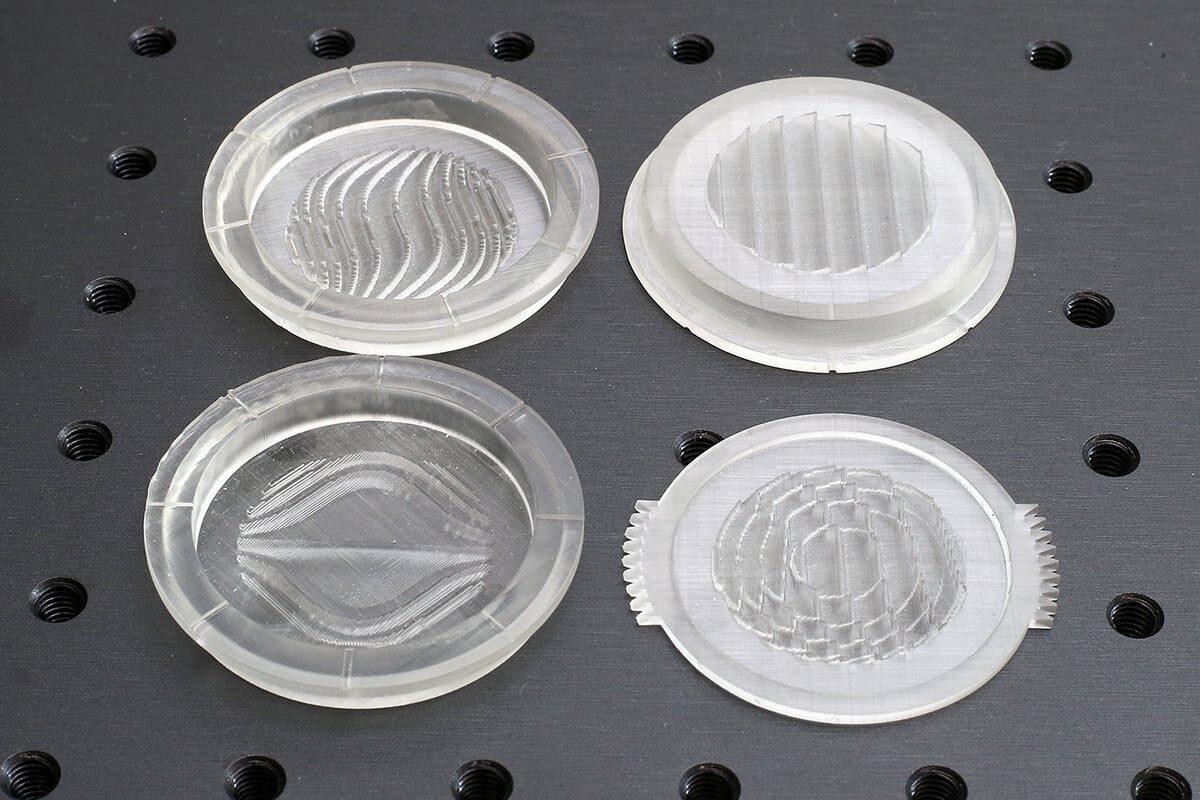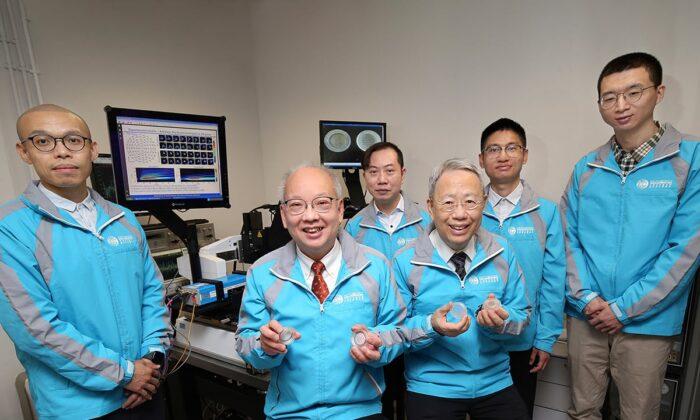The City University of Hong Kong (CityU) has successfully developed a novel tunable terahertz (THz) meta-device for signal delivery to specific receivers.
The newly developed novel tunable terahertz mete device offers many benefits for 6G communications, wireless power transfer, and remote sensing.
The new machine is made using advanced 3D printing technology. Its low-cost production might become an essential industrial-level part of 6G communication.
The metasurface invented by CityU is 30 mm (1.18 inches) in diameter and comprises over 15,000 artificial minute meta-antennas fabricated through 3D printing.
The THz wave can be projected onto a blind spot in a 2D plane or even a 3D space. Only a particular user located in a specific place can receive its signals.

Professor Tsai Din-Ping, Director of the State Key Laboratory of Terahertz and Millimeter Waves (SKLTMW) pointed out that the 6G-enhancing technology can prevent signals from being beamed to other nearby receivers, resulting in power wastage while improving signal privacy.
The university’s innovative research offers excellent advantages for constructing state-of-the-art communication systems, including security, flexibility, and signal concentration.




Friends Read Free